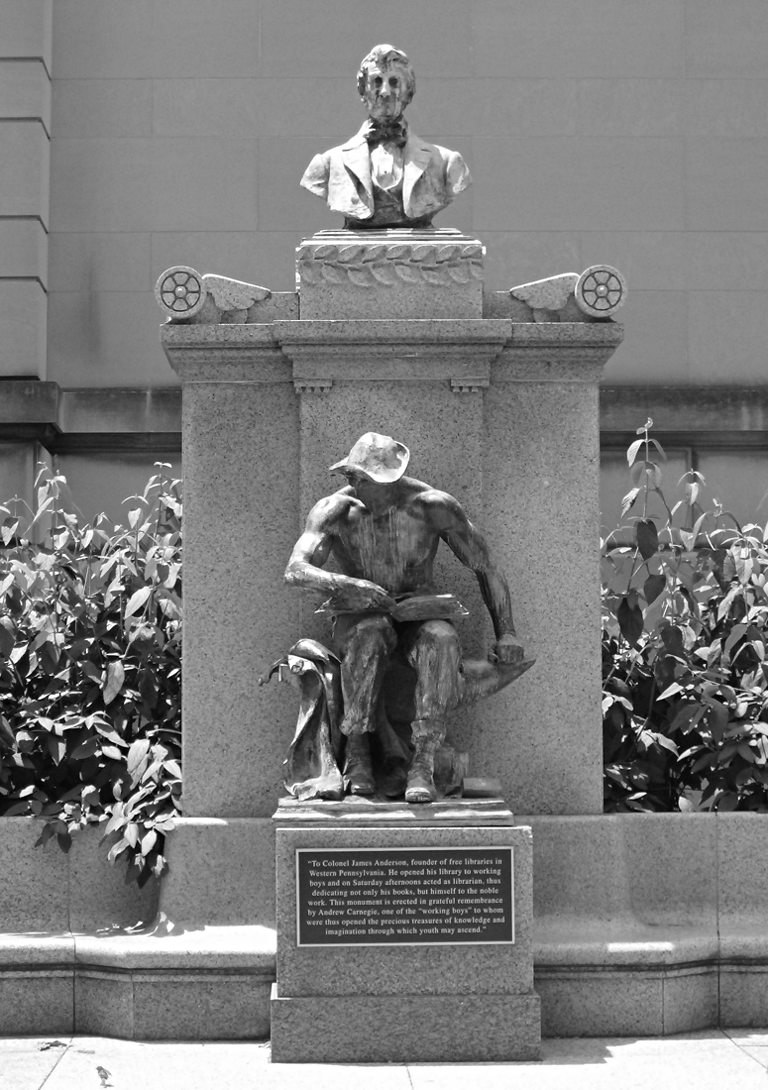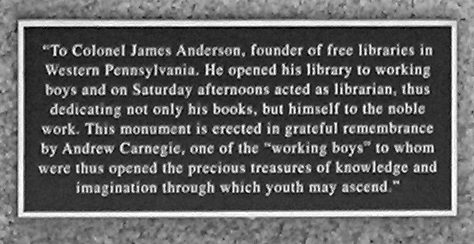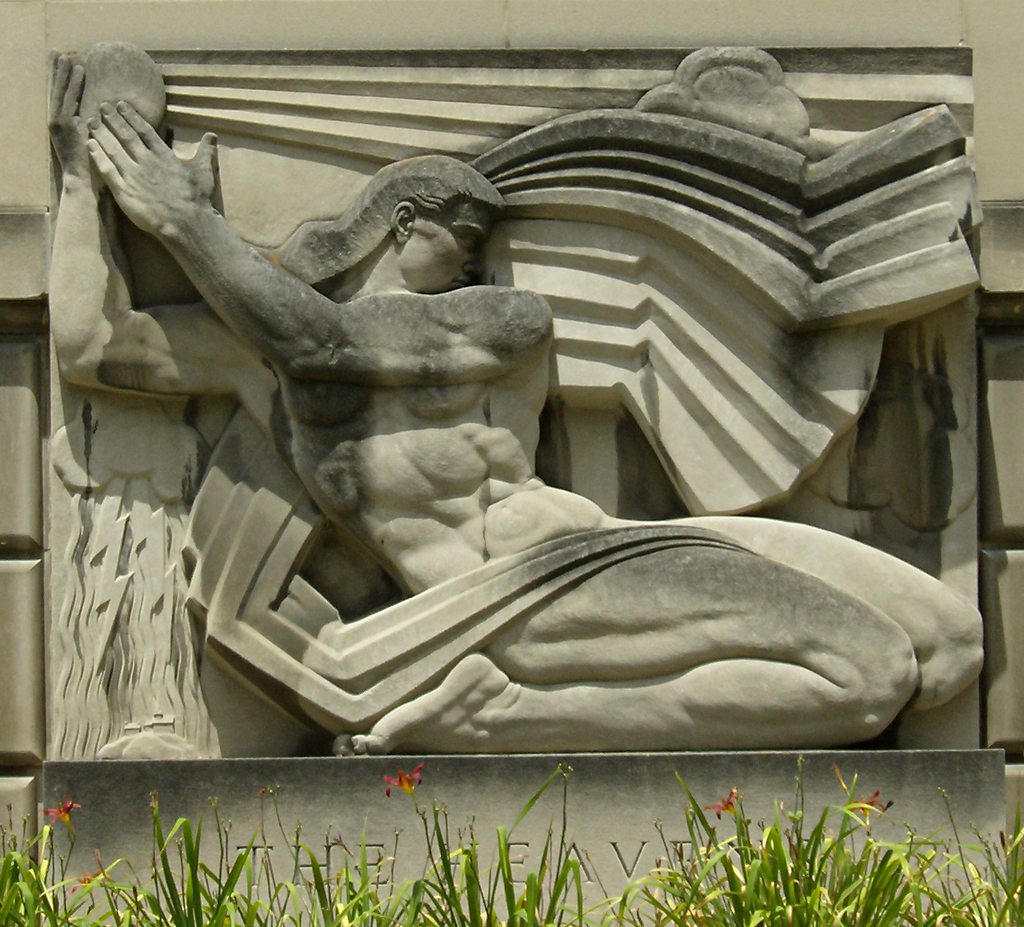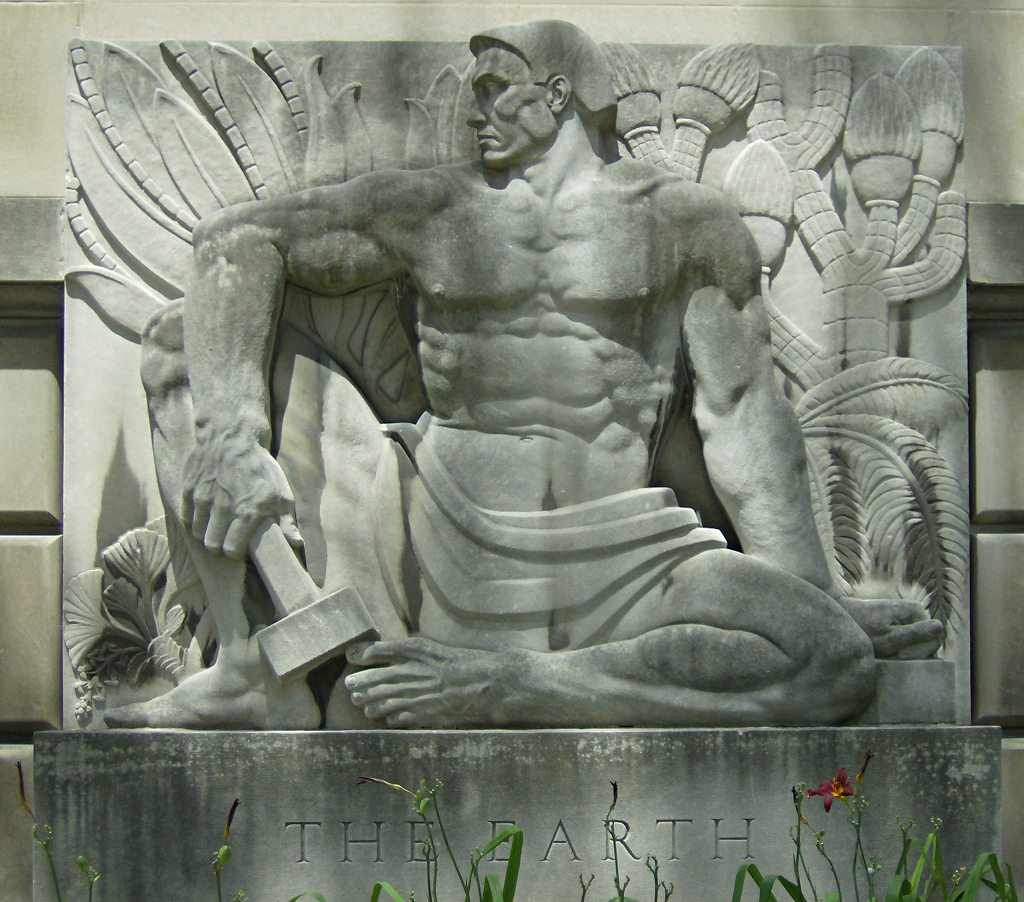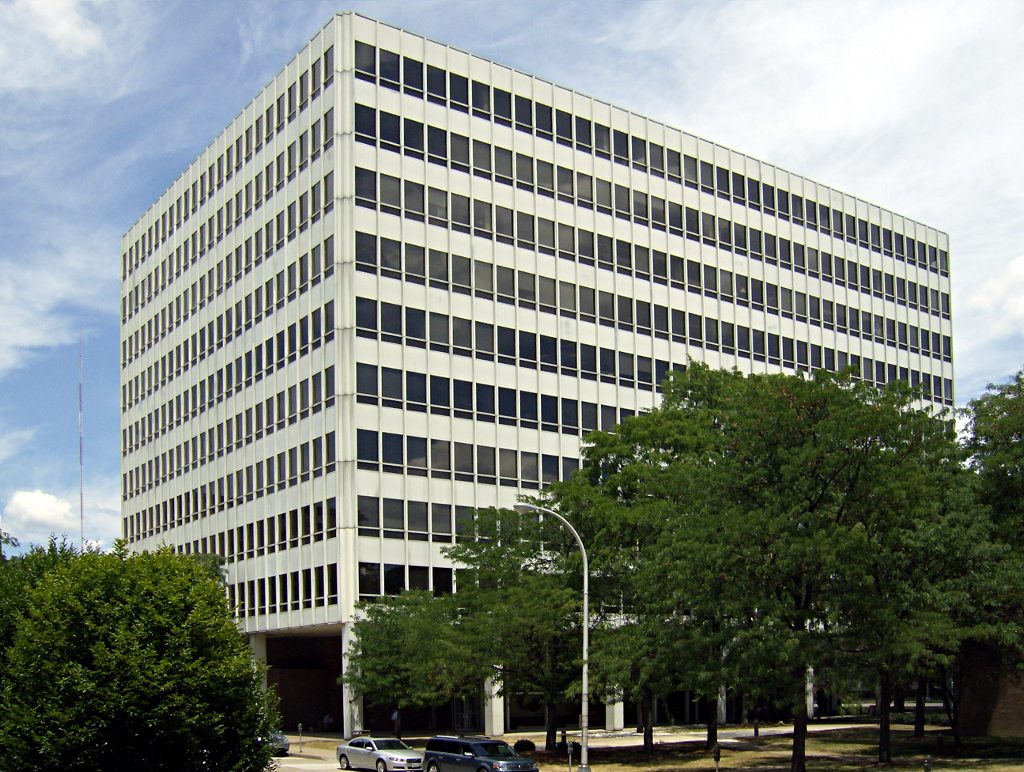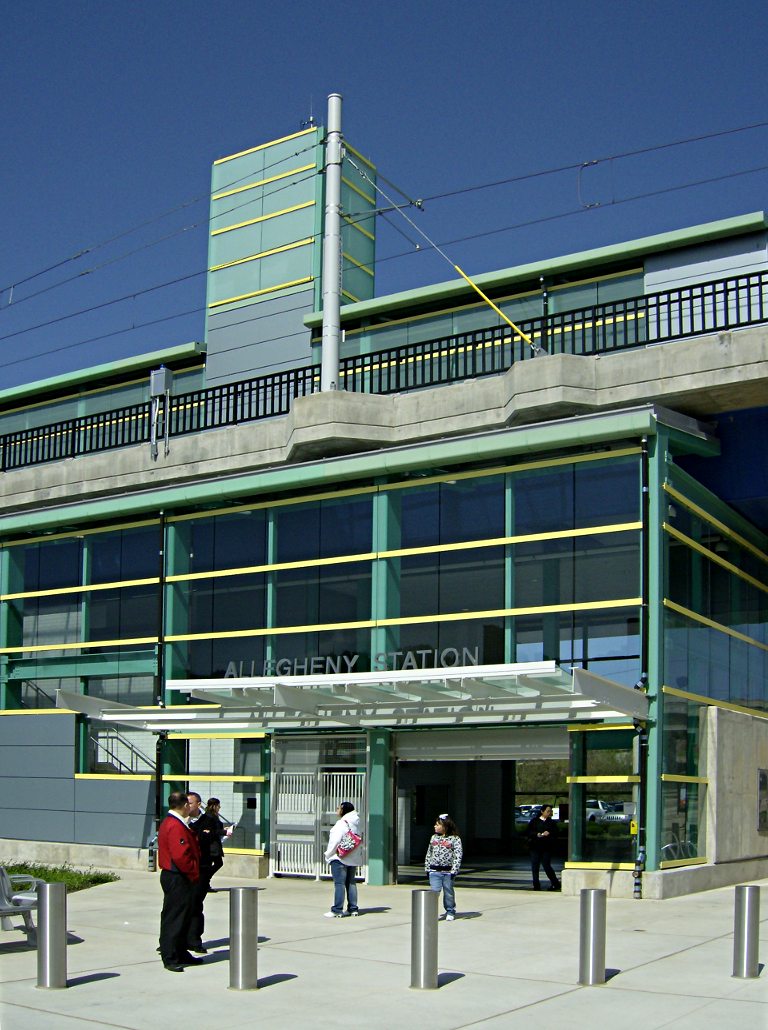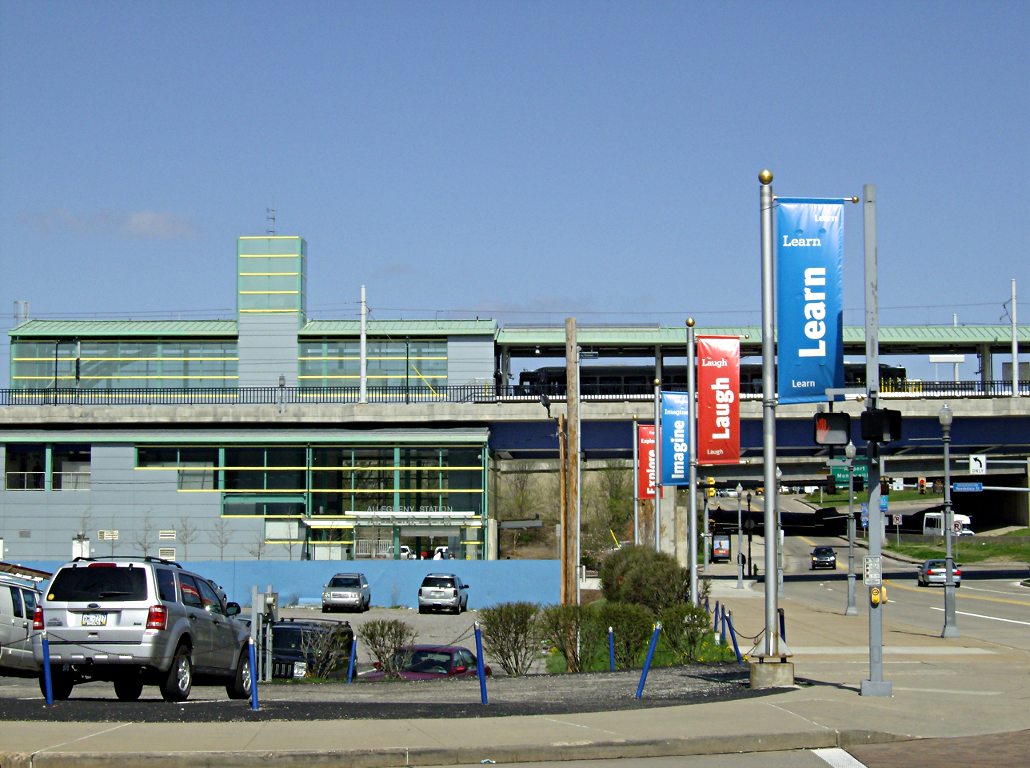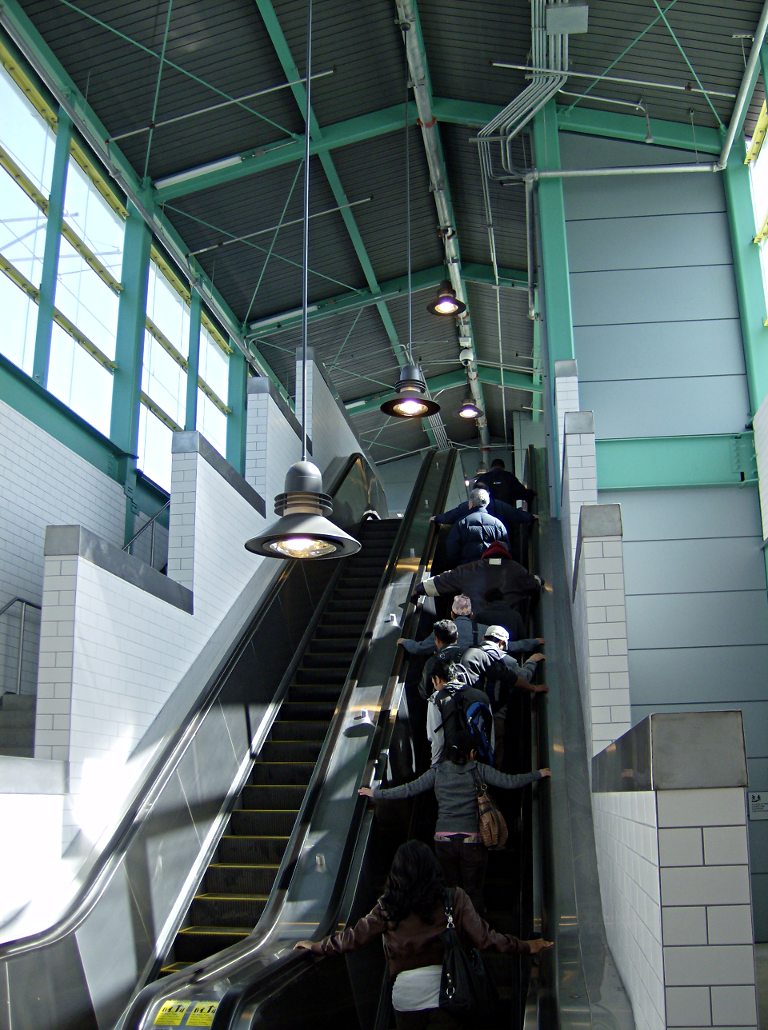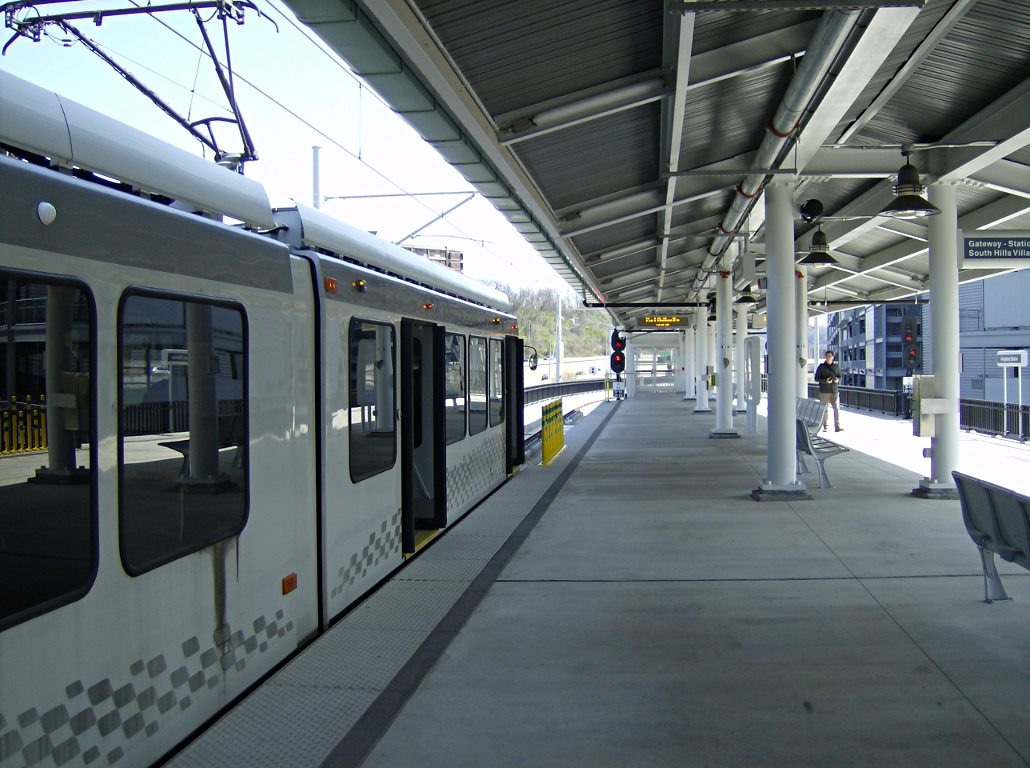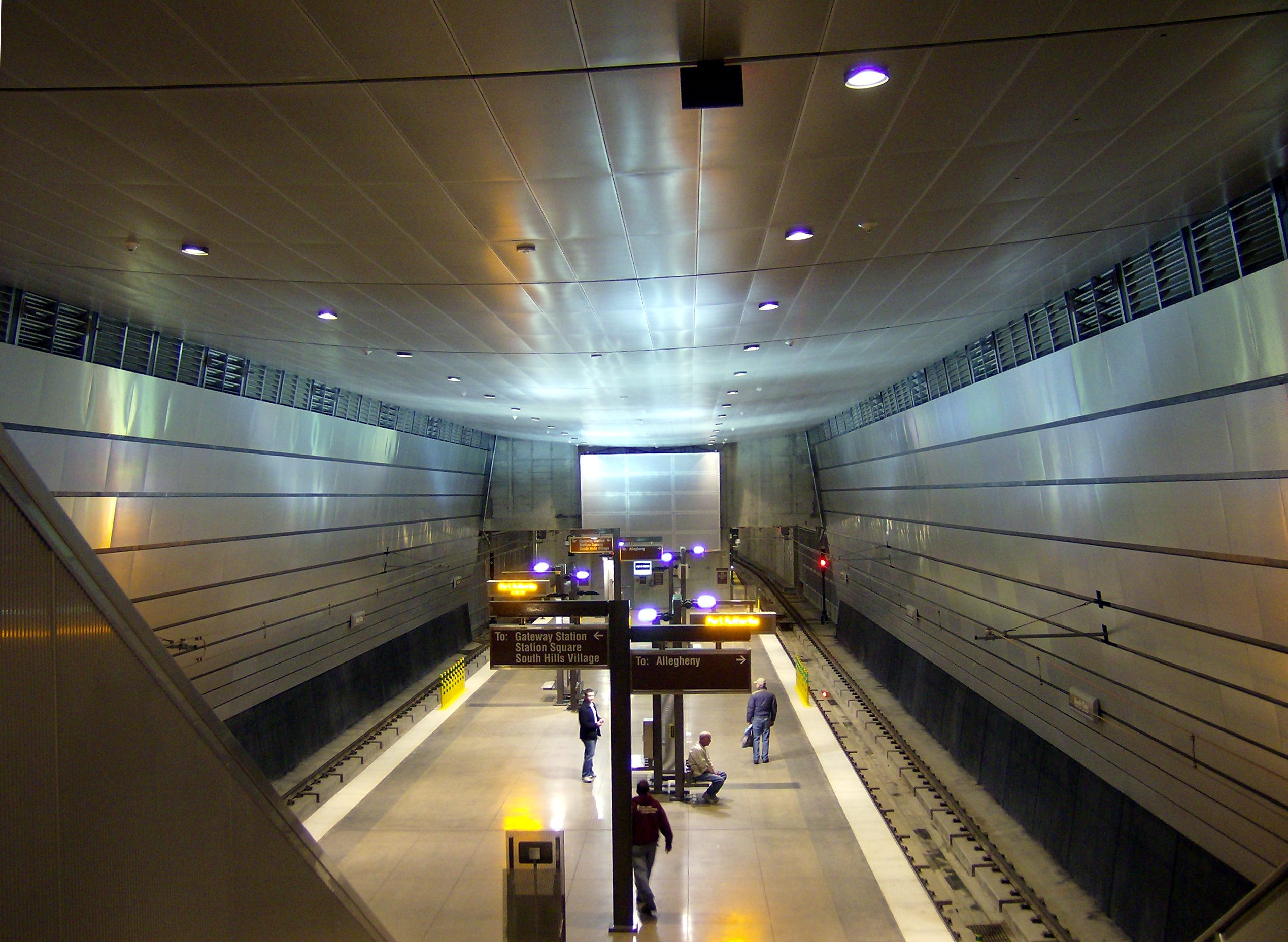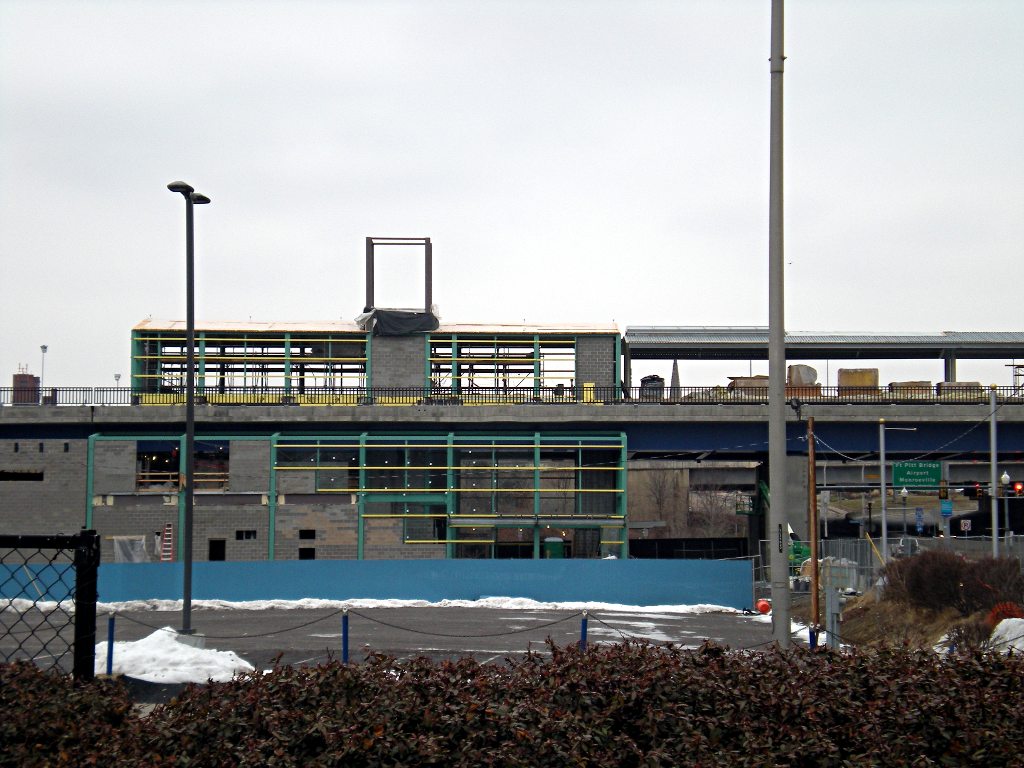UPDATE: Thanks to a kind correspondent from the National Aviary (see the comments below), we have corrected some misinformation about the penguins you see in these pictures.
The National Aviary is one of Pittsburgh’s most unexpected treasures. This is the largest collection of birds in America, and it exists only because of a series of curious historical accidents.
Henry Phipps gave the city of Allegheny a conservatory (he would later give the much more famous one in Schenley Park to Pittsburgh). In 1952, the city of Pittsburgh added birds and made it into a “conservatory and aviary.”
In 1991, Mayor Masloff, faced with a funding crisis, decided to close the aviary and transfer the birds to the zoo. Old Pa Pitt himself called the mayor’s office to protest: he made a very pretty little speech about how the aviary was not just a local amusement but a unique national treasure, ending by saying that he wanted one voice to be recorded in favor of keeping the aviary.
“One voice?” squeaked the beleaguered secretary who had answered his call.
It turned out that most of Pittsburgh had called the mayor’s office that day; and, like a good public servant, Mayor Masloff listened to us. She found a way to turn the aviary over to a private foundation. Not long after, the United States Congress designated it the National Aviary, and since then it has doubled in size.
Father Pitt could blither on about how important the National Aviary is, how it houses some species that are entirely extinct in the wild, how it sponsors vital conservation programs, and so on. But what he really wants to do is show you pictures of birds.


The African Rockhopper Penguins have their own section called Penguin Point, where you can see them under the water as well as on the rocks. The fuzzy, unkempt-looking penguin is going through what a correspondent from the National Aviary calls a “catastrophic molt,” in which it gains a lot of weight, sheds all its feathers, and looks just awful for a while.

Aptly named Scarlet-Headed Blackbirds perch in the Grasslands free-flight room. There are three big free-flight rooms in which the birds are at liberty to fly around the human visitors.
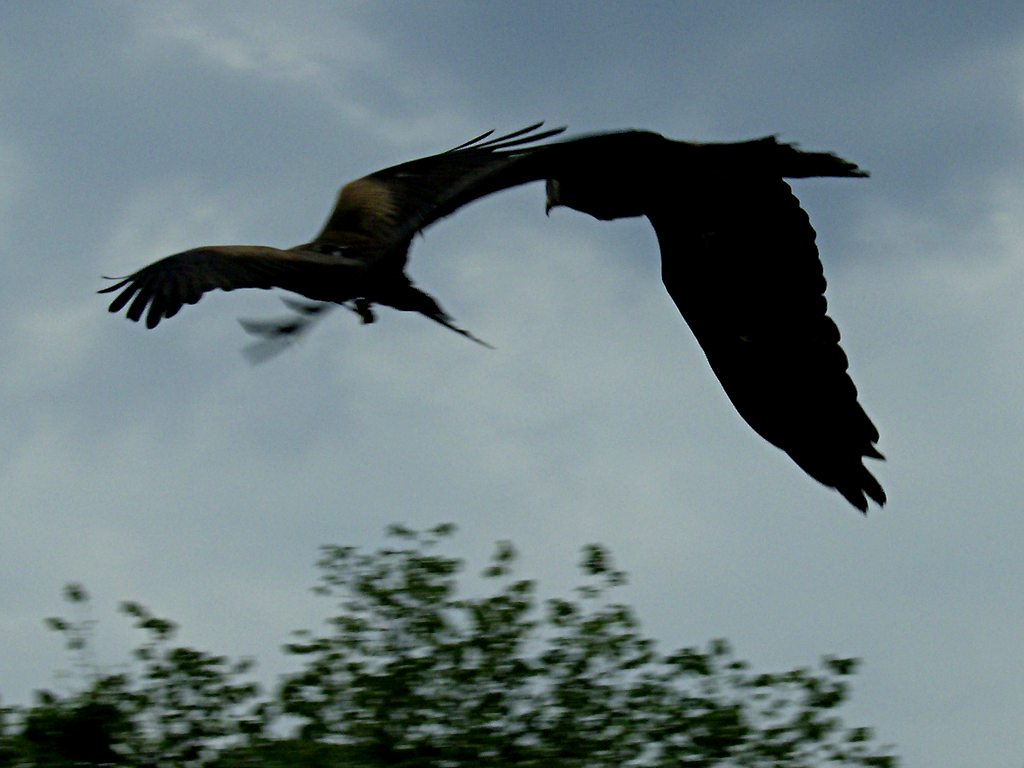
Black Kites dive for tasty bits of chicken in the Skydeck show on the roof. Here birds of prey are allowed to fly free, though they have tiny radio-telemetry units to track them just in case they should decide to fly a bit too far. No bird has ever been lost from this show, however, because the birds, being no fools, always come back to where the food is.
The National Aviary is a short walk from the North Side subway station.
